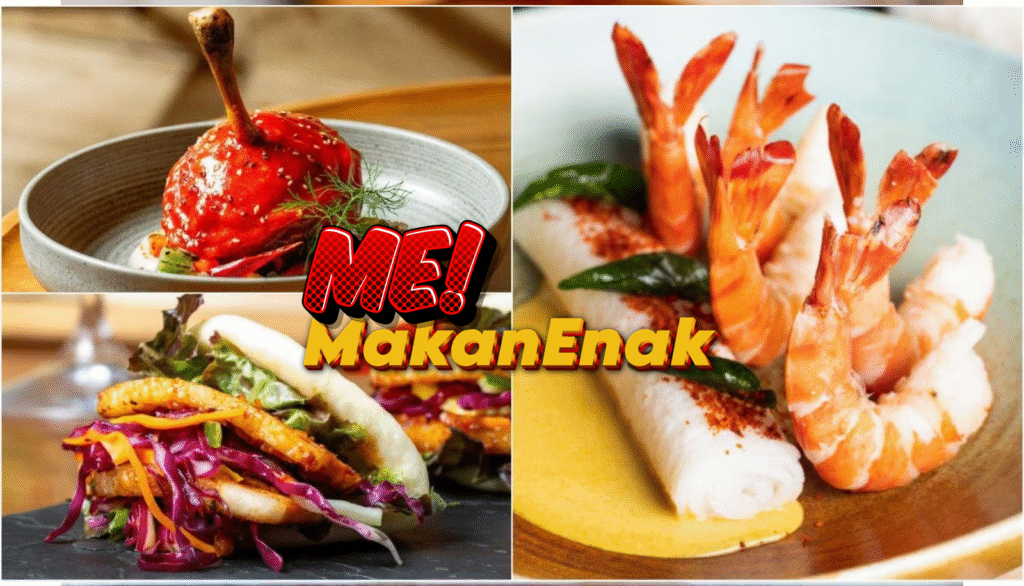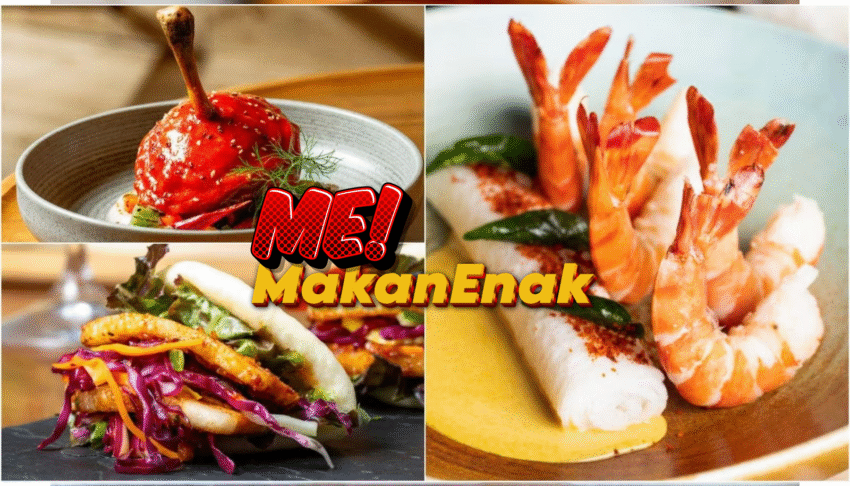makanenak – Global fusion cuisine has become one of the most exciting trends in modern gastronomy. By blending culinary traditions from different parts of the world, chefs create dishes that surprise, delight, and redefine our expectations of flavor. East meets West on the plate when ingredients, techniques, and cultural influences intersect, giving rise to innovative meals that tell stories of both tradition and creativity.
The Concept of Fusion Cuisine
Fusion cuisine is more than simply combining ingredients from different cultures; it’s about harmonizing flavors, textures, and cooking methods to create a cohesive experience. This approach allows chefs to push boundaries while respecting the essence of the original dishes. Popular fusion styles often mix Asian, European, and Latin American influences, resulting in dishes like sushi tacos, miso-infused risotto, or kimchi pizza.
Asian Flavors in Western Dishes
One of the most prominent aspects of fusion cuisine is the incorporation of Asian flavors into Western classics. Soy sauce, ginger, lemongrass, and miso have found their way into pasta, burgers, and even desserts. For example, a miso-glazed salmon served with roasted vegetables adds umami depth to a familiar dish, while matcha-infused pastries transform a traditional French dessert into a unique experience. The key is balance—allowing the Asian ingredients to complement, not overpower, the Western base.
Western Techniques in Asian Cuisine
Conversely, Western cooking techniques are increasingly applied to Asian dishes. Sous-vide, grilling, and braising are now commonly used to prepare ramen, dumplings, and Korean barbecue. By employing precise temperature control or slow cooking methods, chefs can enhance textures and flavors, giving classic Asian dishes a modern twist. This melding of techniques opens up endless possibilities, inviting diners to experience familiar foods in a new and unexpected way.
Street Food Meets Fine Dining
Global fusion isn’t limited to high-end restaurants; it has also revolutionized street food. Food trucks and casual eateries around the world are experimenting with inventive combinations, such as Korean tacos, curry burgers, or tempura fish and chips. This democratization of fusion cuisine makes it accessible to everyone while celebrating cultural diversity and culinary creativity.
Innovation and Culinary Storytelling
Fusion cuisine is also a form of storytelling. Every dish reflects cultural intersections, personal journeys, and creative experimentation. Chefs draw inspiration from their heritage, travel experiences, and global trends to craft dishes that are not only flavorful but also meaningful. Diners are invited to explore different cultures, ingredients, and techniques in a single meal, creating an immersive culinary adventure.
The Future of Fusion Cuisine
As the world becomes more connected, fusion cuisine continues to evolve. Sustainability, local sourcing, and health-conscious choices are now integrated into fusion cooking, creating dishes that are innovative, responsible, and reflective of modern tastes. The combination of tradition and experimentation ensures that fusion cuisine will remain a dynamic and influential force in the global food scene.
Global fusion cuisine represents a celebration of diversity, creativity, and shared culinary heritage. Whether sampling an Asian-inspired pizza, a Mediterranean-style sushi roll, or a spiced chocolate dessert, diners experience the rich tapestry of flavors that define the modern culinary landscape. In every bite, East truly meets West, creating an unforgettable and exciting gastronomic journey.


